This is basically a hares-ear variant, but if related, this would be that 3rd cousin, 5 times removed as apart from the body style, not much else is ‘hares-ear’. This variant, I developed and started tying only in 2012. I have always tied hares-ear patterns but pretty much never tie the traditional grey. While I mostly fish it under an indicator, I also have long-sticked successfully. As it is weighted (bead and lead wraps), it sinks fast so works in all applications such as this.
Thread: black
Hook: standard nymph, size 8 (steelhead)
Tail: black goose biots tied opposing to flay them out.
Abdomen: black hare’s dubbing with red flash-a-bou ribbing
Thorax: black hare’s ear dubbing with about 12 strands of red flash-a-bou for wing case. Black hare’s ear dubbing collar
Head: hot orange…typically 3/32.
General instructions: After putting on the bead, I like to wrap about 7-10 turns of medium lead (poor man’s tungsten) right behind the bead…basically, the length of what the thorax will be. This helps to hold the bead as well as build up the thorax of the fly. For both the ribbing and the wing case, I use bright red flash-a-bou; a single strand for ribbing but 10-12 strands for the wing case. I know there is other similar material that could be used here as the wing case but I have had great success with this as it is.
As for tying with the dubbing, I pretty much always use a dubbing tool except in 2 cases for this fly; 1) for a small ridge to support the goose biot tail and, 2) for right behind the bead. For the biot support, I like to tie a small pinch of dubbing to create a ‘bump’. Then, when I tie on the biots, the bump flays the biots out almost perfectly every time. With the collar: right after tying down the wing-case, I like to finish my nymphs with a tiny pinch of the same dubbing as the thorax for a collar right behind the bead. I like the look and it also adds to the ‘buggy-ness’ of the fly, I think. I also like to tie the thorax pretty bulky and after finishing/tying off the fly, I use my dubbing tool to pluck out legs and basically ‘fluff up’ the bug.
This is a bright pattern and has done EXTREMELY well for me especially/predominately in the late winter/spring. I do find it is less productive as the cold weather comes on in the fall though for familiar waters, it is my automatic choice to start the day. Best fished, for me, under a suspension system (indicator) but has worked well in long-stick application as well.

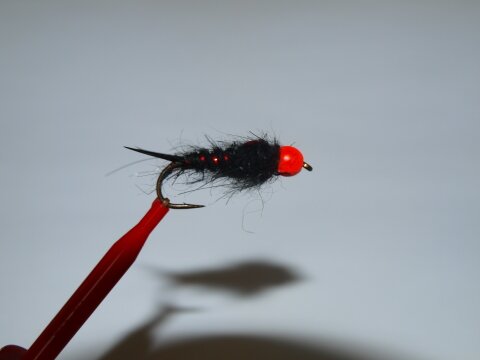
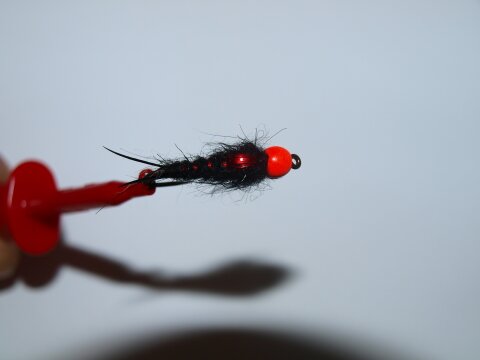
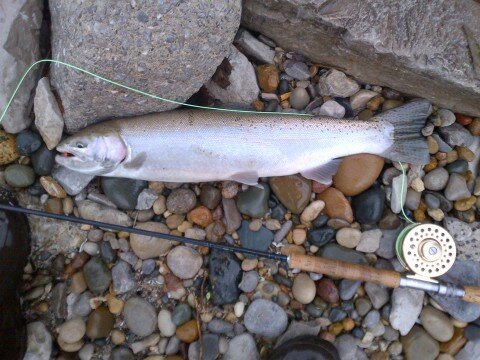

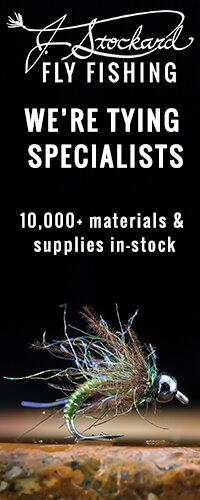

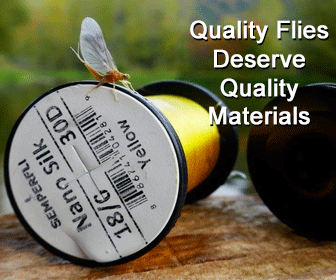

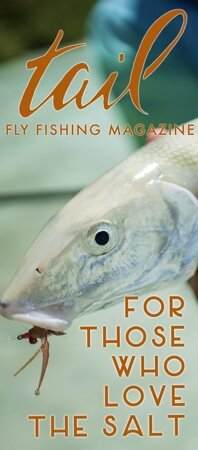
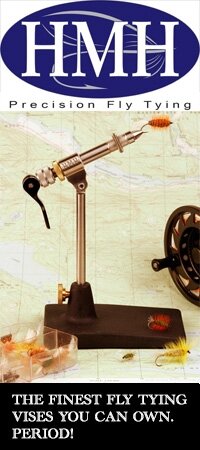

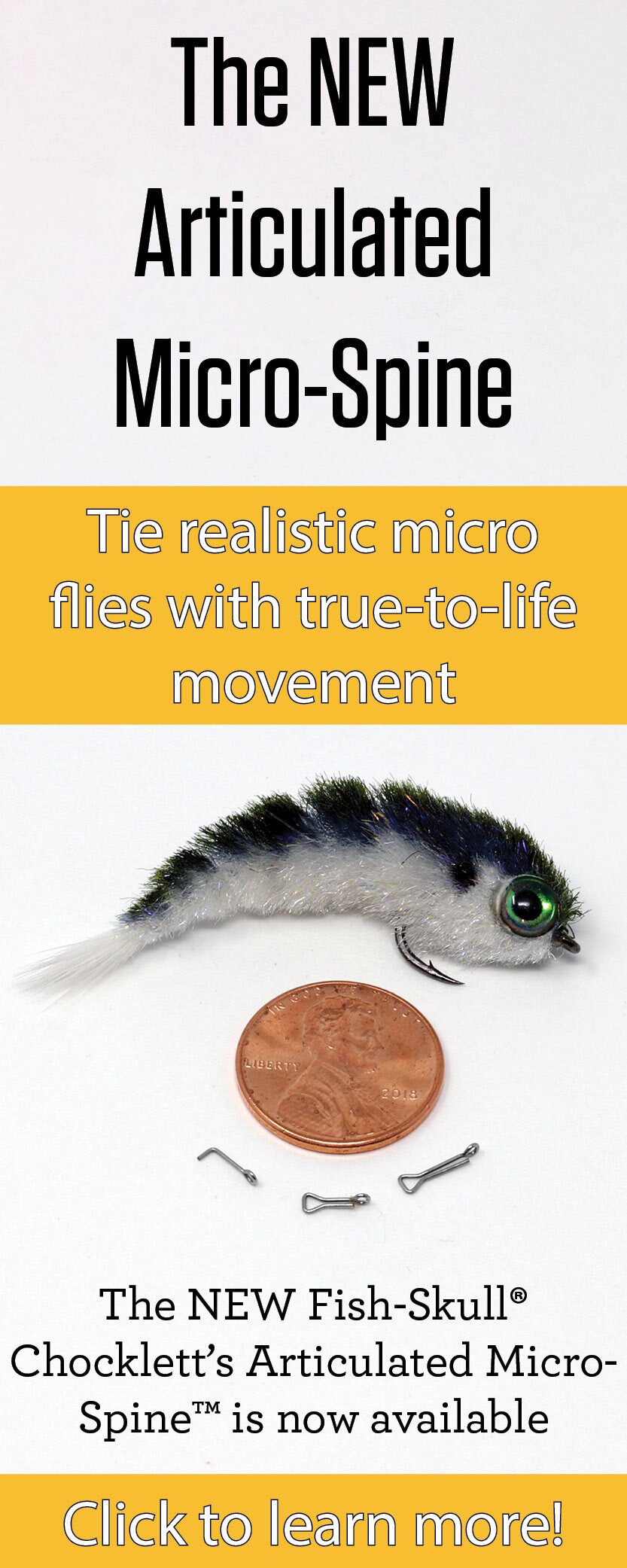

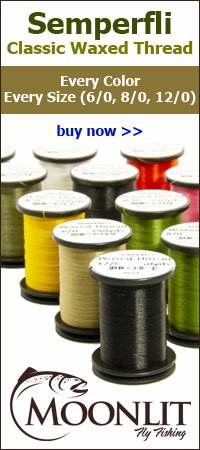
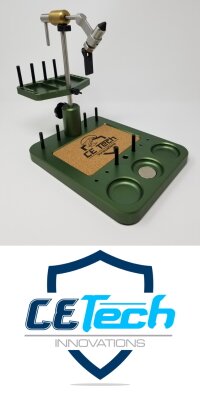



Nice fish.
Thanks…you will note the Hot-Head Hare’s Ear in the corner of its mouth as well. For the 3 patterns (2 posted now as of today…the third, soon) I submitted to Frakenfly, I have also included a fish picture with that fly ‘just to’ show that at least one fish was fooled by the pattern…HAH.
On one morning on the St. Clair River….I landed…LANDED 13 steels on this pattern. This number does not include fights I lost. As I was playing hooky from work, I had to cut the excellent morning short…but still, my best day since…and ever!
Again, this is one of my top 5 Great Lakes/Lake Huron tibutaries patterns.
King Joe Outa Here!
I’d be willing to bet that this would work here in Colorado as well. Red seems to be a good attractant.